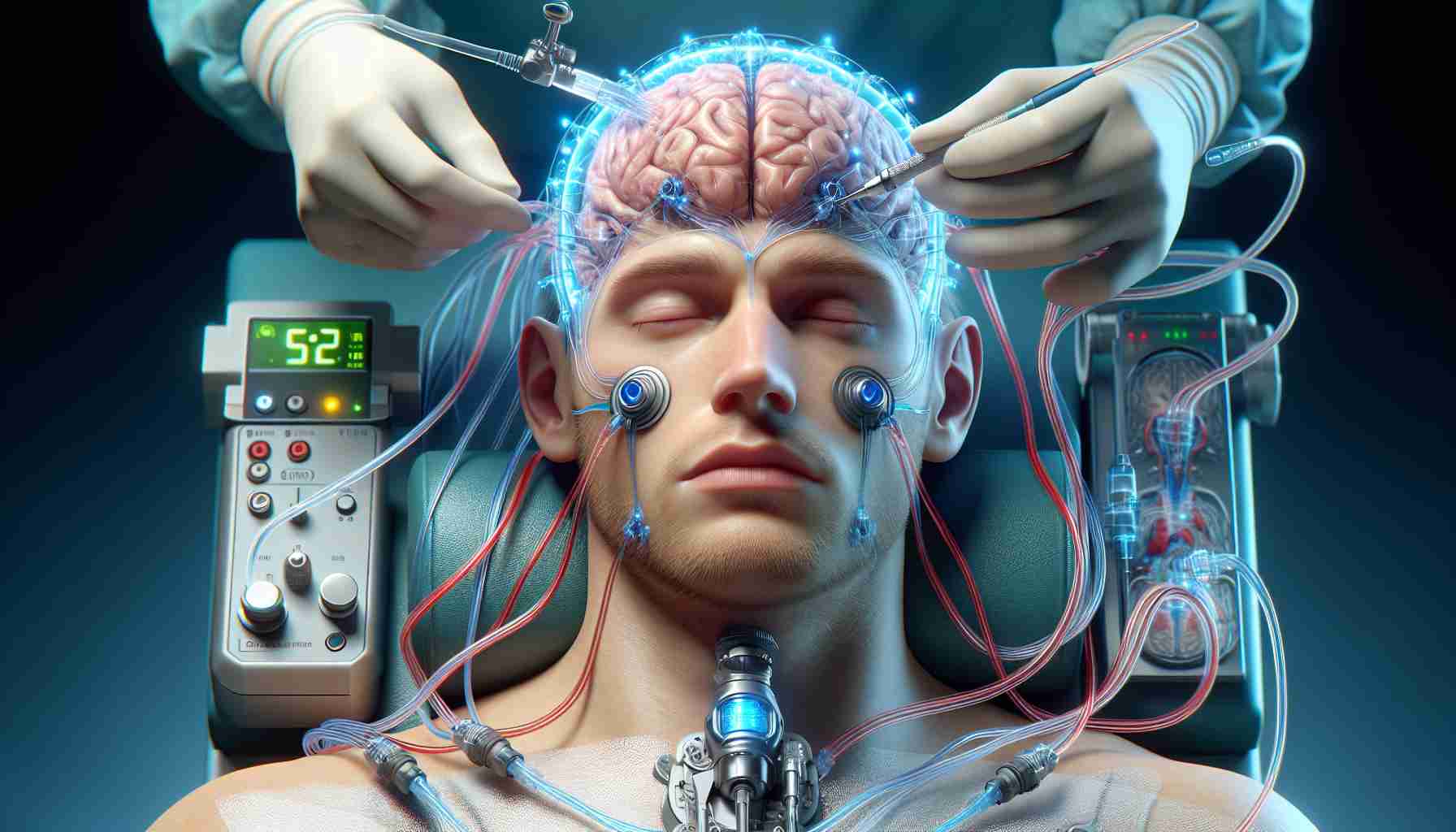Neuralink, the company founded by Elon Musk, has achieved a major breakthrough in brain-computer technology by successfully performing its first brain-computer interface implantation in a human patient. This innovative technology aims to assist individuals with severe paralysis.
According to Musk’s social media posts, “The first human has received a Neuralink implant and is recovering well.” He also added, “Preliminary results show promising detection of neuronal signals.”
In a subsequent post, Musk presented his vision for the technology, stating, “Imagine if Stephen Hawking could communicate faster than a typist or auctioneer. That is the goal.” He also mentioned that the company’s first product will be named “Telepathy.”
This milestone for Neuralink comes four months after the company issued its first call for volunteers to participate in testing the experimental N1 computer interface. The company was seeking individuals with quadriplegia caused by spinal cord injury or amyotrophic lateral sclerosis (ALS), aged at least 22, and with a stable and reliable caregiver.
According to Neuralink, as part of the PRIME (Precision Robotic Implantation of Brain-Computer Interface) study, a robot will be used to surgically place “ultra-thin and flexible threads in the area of the brain that controls movement intentions.” Once the implant, which is “cosmetically invisible,” is in place, brain signals will be wirelessly transmitted to an application that analyzes movement intentions.
The goals of the PRIME study include evaluating the safety of the implant, the effectiveness of the surgical robot, and the capabilities of the interface, which, as Neuralink claims, will allow people to control electronic devices with their thoughts. For example, a paralyzed individual could control their phone by imagining hand movements. Musk even suggests that in the future, this technology could equip humans with “superhuman cognitive abilities.”
According to Neuralink, the company’s main objective is to “create a brain-computer interface to restore autonomy to people with unmet medical needs today and unlock the potential of humanity in the future.”
Last year, the U.S. Food and Drug Administration granted Neuralink permission to conduct its first human study after conducting similar tests on animals.
Neuralink, established by Elon Musk and a small group of scientists and engineers in 2016, is not the first company to explore this type of technology. For instance, BrainGate has allowed a paralyzed man to communicate his thoughts by converting imagined handwriting into text.
FAQ:
1. What is brain-computer technology?
Brain-computer technology is an innovative interface that enables wireless transmission of signals from the brain to external applications. Its goal is to assist individuals with severe paralysis in controlling electronic devices with their thoughts.
2. What are the initial achievements of Neuralink?
Neuralink has successfully performed its first brain-computer interface implantation in a human patient. Preliminary results show promising detection of neuronal signals, and the patient is recovering well.
3. How is the brain-computer interface implanted?
The brain-computer interface is surgically implanted by a surgical robot, which places ultra-thin and flexible threads in the area of the brain that controls movement intentions. The implant is cosmetically invisible and wirelessly transmits brain signals to an application.
4. What are the goals of the PRIME study?
The goals of the PRIME study are to evaluate the safety of the implant, the effectiveness of the surgical robot, and the capabilities of the interface. The brain-computer interface aims to enable individuals to control electronic devices with their thoughts, restoring autonomy to those with unmet medical needs.
5. What are the prospects of this technology?
Brain-computer technology has immense potential in the future, allowing individuals to control electronic devices with their thoughts. There is even the possibility of equipping humans with “superhuman cognitive abilities.”
Definitions:
– Brain-computer technology: An innovative interface enabling wireless transmission of signals from the brain to external applications.
– Neuralink: A company founded by Elon Musk, exploring and developing brain-computer technology.
– Brain-computer interface: A surgically implanted device in the brain, allowing the transmission of brain signals to external applications.
Suggested Related Links:
1. Neuralink
2. Brain Machine Interface
The source of the article is from the blog elektrischnederland.nl
